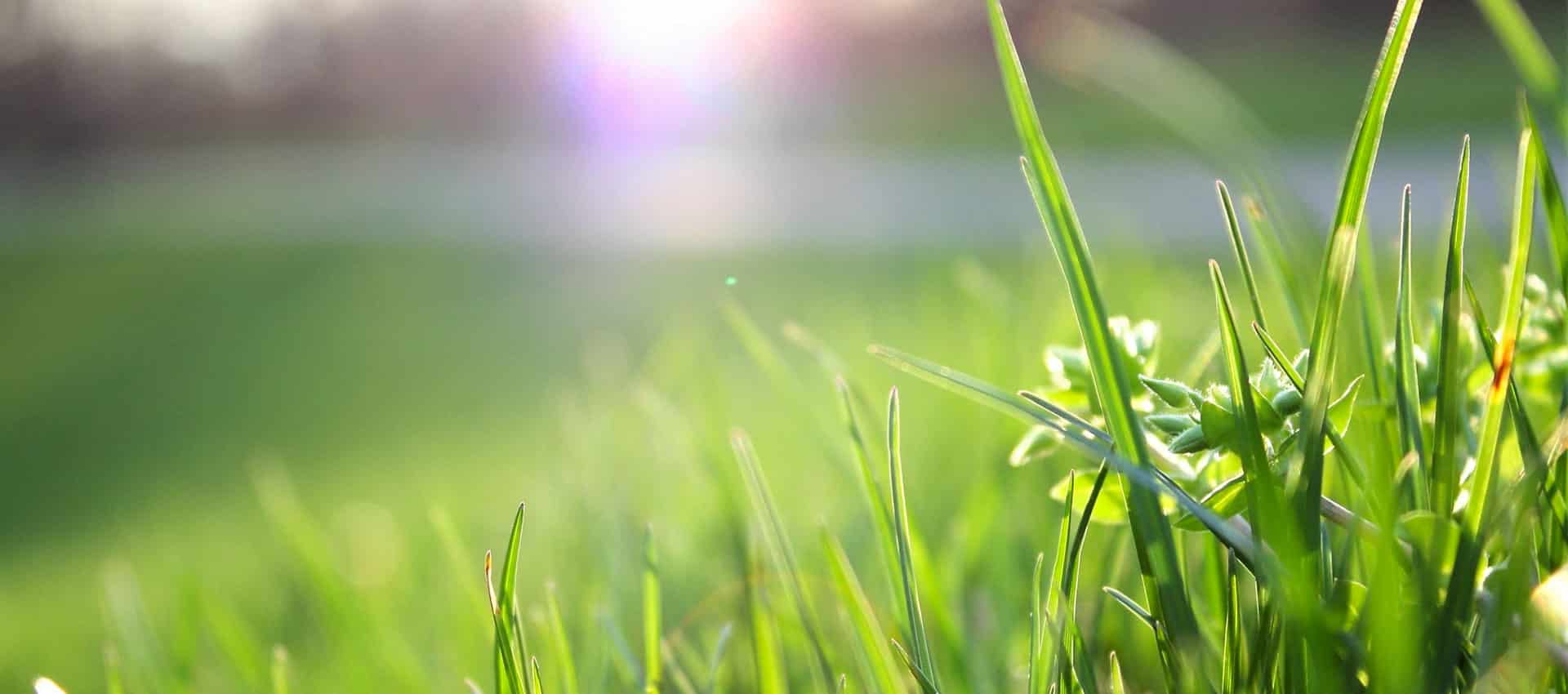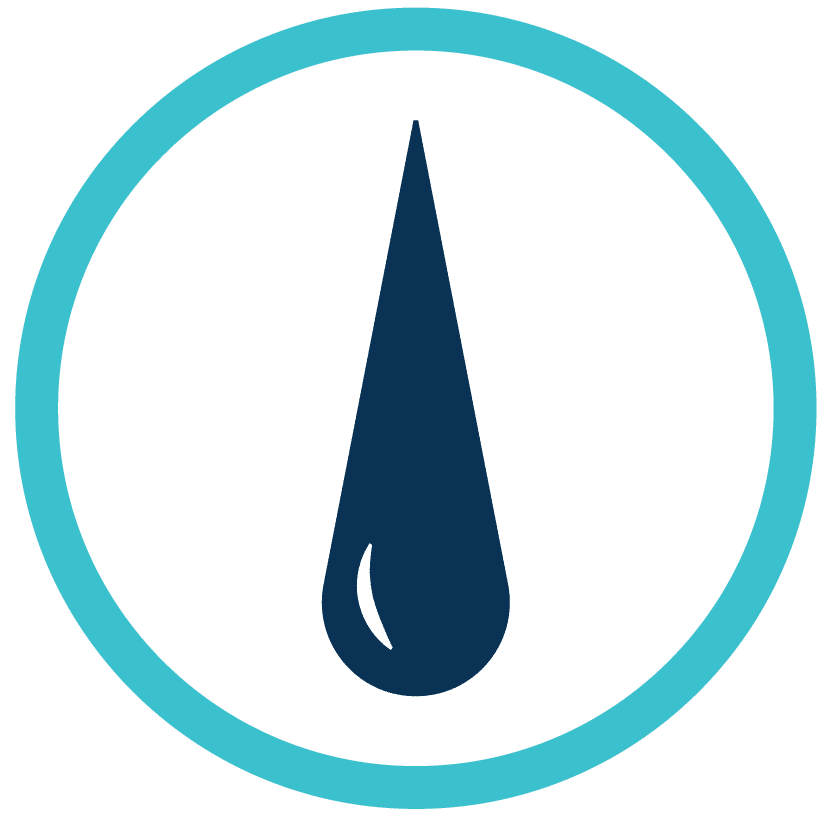6 Common Irrigation System Problems You May Experience after a West Michigan Winter
May 10, 2025

When the snow melts and temperatures finally start to rise in the Grand Rapids area, we homeowners look forward to the return of green – green shoots emerging from the ground, green leaves on the trees, and lush green grass. Unfortunately, the West Michigan winter we just lived through may have left your irrigation system with a few issues. Identifying and addressing these problems early in the spring is essential to maintaining your healthy landscape and avoiding costly repairs later in the season. Here are some of the most common spring irrigation issues you may experience:
Common Spring Irrigation System Problems
1. Cracked or Broken Pipes
During the more frigid months of winter, any water left in your irrigation system can expand and cause the pipes to crack or burst. Even if you properly winterized your system, small amounts of water can still freeze and cause damage. These cracks may not be visible until you pressurize the system in the spring, so it’s important to inspect for soggy areas or unexpected water pooling.
2. Damaged Sprinkler Heads
Just because it was winter doesn’t mean your driveway and sidewalk were safe zones for your sprinkler heads. Snowplows, shovels, heavy snowfall, and ice can break, crack, bend, or misalign them during the winter months. Because broken sprinkler heads will often water unevenly, this will lead to wasted water and patches of dry grass if they aren’t fixed. Detecting and replacing them early on are key to your lawn’s overall health and appearance.
3. Valve and Manifold Problems
Valves control the flow of water to different zones in your irrigation system, and the manifold is the central hub where these valves are located. Freezing and thawing cycles can cause valve bodies to crack and seals to deteriorate. If zones aren’t activating correctly or you notice leaks around the manifold, it could signal more serious winter damage.
4. Controller Malfunctions
Irrigation controllers, or timers, often remain dormant throughout the winter. When spring arrives, you might find that your controller has lost its programming or isn’t functioning properly due to weather-related wear or power surges during winter storms. Always check your controller settings and battery (if applicable) when you restart your system.
5. Clogged Nozzles and Filters
Debris from the fall and winter seasons like leaves, sticks, and dirt can clog nozzles and filters, reducing the flow of water and its coverage. This is especially common in systems that weren’t fully flushed before the cold weather set in. Cleaning and inspecting all nozzles and filters ensures optimal performance once your system is back online.
6. Uneven Water Pressure
Fluctuating winter temperatures can cause soil to shift and settle, potentially impacting underground pipes and joints. If you notice that some sprinkler heads are weak while others are overly forceful, you may have a water pressure regulation problem due to underground damage.
Preparing Your Irrigation System for a Healthy Season
Don’t despair, though! Most common irrigation system problems are fairly simple to fix. Scheduling a professional spring startup inspection with SOAK Irrigation is one of the best investments you can make for your irrigation system. The trained technicians at SOAK can perform a thorough evaluation, identify hidden issues, and make sure that your system is working optimally for efficiency and performance. Early detection not only saves you money but also promotes a healthier, greener lawn throughout the spring and summer seasons into the beautiful fall we have here in West Michigan. You will want to be able to enjoy every minute of it.
At Soak Irrigation, we’re here to help you wake up your landscape the right way this spring. Contact us today to schedule your spring startup service!
